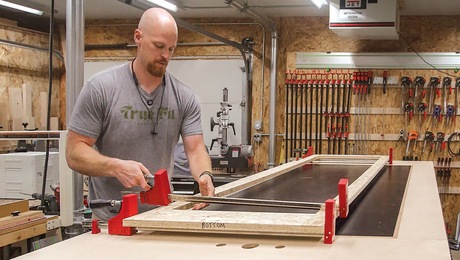2 Family home in MA with Full Unheated Attic-Best Way to Insulate?
I have been searching various websites as to what is the best options for insulating underneath the floor in my unheated attic. This is a 2 family house with unheated attic space in MA. There presently is minimal fiberglass batt insulation(it is quite compressed being there several years) . The joists are only 6-7″ high and in order to get a high R value in there, it seems the only alternative is to use spray foam. But the thought of fire and fumes scare me. Also, the price is is very costly. Although I haven’t ruled it out, I would like to look at other alternatives. I have thought about air sealing the attic (prime importance) and adding Roxul mineral wool insulation but of course the R value will not come close to 50 as is presently recommended for MA. I have also thought of adding 3″ closed cell foam boards (there goes that foam again) that I would cut and seal around edges with spray foam. With R= 6.5/inch, I could come close to R=50. And then the question is what about/do I need a vapor barrier and if so, what kind/brand to use and how to apply it to each bay unless there is another way of applying it. Would the aluminum faced foam boaards act as a vapor barrier? I have also thought about increasing the joist space/height but I have also read that any insulation over 6 inches has a decreasing effect on conserving energy. I don’t know if that rule is still valid in today’s cost of energy? Would appreciate your input. Thanks















Replies
You seem to be caught up in keeping the insulation at the attic joist level, when the traditional answer to this is to blow a thick layer of cellulose over your existing insulation - cheap, quick, and easy.
Is there a reason you can't do this?
What's the old saying about questions? If you want the right answer, ask the right question?
Your first concern has "nothing" to do with insulation. Your first concern is to make sure the roof/ attic is properly vented- and will remain so after the insulation is added.
There's a couple of details to watch for. Keep it simple and "Murphy-proof." Plenty of openings at the eaves, baffles to preserve channels for air flow, exhaust vented in as 'natural' a position as possible. A thermostat-controlled fan is a big plus. too.
As for the insulation itself, well, there's probably no single "right" answer. Blown-in is easiest (and probably cheapest), but other types have their own advantages. A lot depends on just what you have to work with.
One detail to mind is that the oldest forms of wiring ("knob and tube") are not supposed to be buried in insulation. Nor should the insulation rest against chimneys, or block the air space around them.
Another detail often overlooked is the need to SEAL the various openings in the ceilings and wall top plates.
You might want to consider taking up those floorboards and placing furing boards across the tops of the joists. This will give you the space to have the needed insulation depth for cells. You can minimise dust by covering that with insulation mesh which allows you to see where you are blowing cells but keeps them from being free-floating. You can then reuse the decking, or just replace it with OSB, which is about $7 a sheet right now